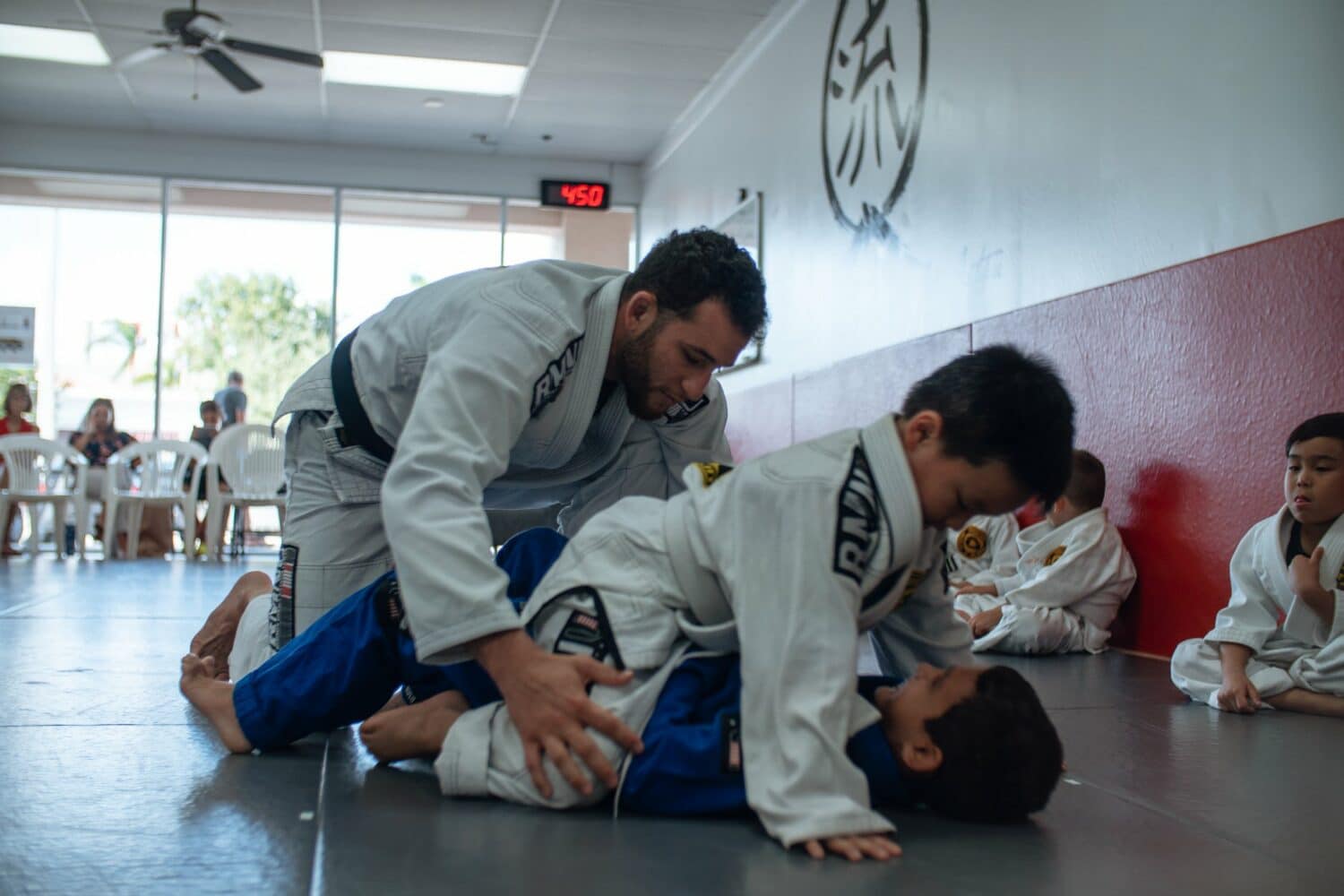Brazilian Jiu Jitsu (BJJ) has gained popularity, among practitioners worldwide owing to its history and evolution. Originally known as Jujutsu. Originating in Japan this martial art underwent transformative changes when it found its way to Brazil ultimately giving rise to what we know as Brazilian Jiu Jitsu.
Jujutsu emerged during Japans samurai era as an art focused on combat and self defense. It placed emphasis on utilizing an opponents force against them enabling warriors to defend themselves in close quarters combat.
However the evolution of Jujutsu took a turn with the arrival of Mitsuyo Maeda in Brazil during the 20th century. Maeda, also known as Count Koma became a mentor figure to Carlos Gracie. Carlos then passed down his knowledge to his brothers, Helio Gracie. The Gracie family played a role in adapting and evolving Jujutsu into what we recognize as Brazilian Jiu Jitsu.
Helio Gracie himself made adaptations by tailoring the techniques according to his strengths. He emphasized leverage and technique, over strength especially considering that he was smaller and physically imposing than others in the field.
The development of BJJ was necessary because Helio often found himself at a disadvantage, in terms of size compared to his opponents.
The creation of the Gracie Academy in Rio de Janeiro marked a milestone in the progression of BJJ. Through challenges and competitions the Gracie family demonstrated the effectiveness of their art proving that technique and strategy could triumph over size and strength.
As BJJ gained recognition worldwide practitioners from martial arts backgrounds started cross training contributing to the evolution of this art. Innovations in techniques variations in guards and a focus on dominance became defining characteristics of BJJ.
Today Brazilian Jiu Jitsu is a phenomenon with academies and practitioners across all continents. The art continues to evolve with the emergence of techniques variations of existing moves and exploration into strategic possibilities within the sport.
In summary from its origins to the techniques seen in modern BJJ today we can see how adaptable and resilient this martial art is. From battlefields in Japan to competition arenas Brazilian Jiu Jitsu serves as a living testament to the transformative power inherent, in martial arts.

